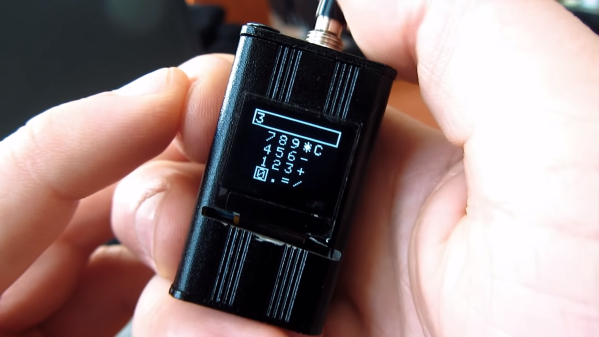Here at Hackaday, we have to admit to neglecting a few houseplants in our time. Let’s face it… a cold, hard, thinking machine can care for our green friends better than you can. Why not team up? [cabuu]’s WiFi-enabled soil moisture sensor will do the trick in case you, too, want happy plants.
This is one of those projects which would have been much more difficult even five years ago, and really shows how lucky we are to have accessible technology at our fingertips. It’s conveniently constructed from off-the-shelf electronics modules, and nestled inside a 3D-printed case. The design is attractive as well as functional, showing the status LED and allowing access to the USB charging port.
The brain is a WeMos D1 mini, while a D1 battery shield and 14500 Li-ion battery supplies power. A key point of this build is the use of a capacitive moisture sensor, which doesn’t suffer the same long-term corrosion problems that destroy cheaper resistive probes. And no project is complete without an LED, so a WS2812 shows green for good, red for dry and blue for too wet. To extend battery life, the sensor supports a sleep mode, which tests the soil periodically, and presumably disables the LED.
Of course, if you’re a habitual plant-neglector, simply having a moisture probe won’t help; those can be as easy to ignore as the plant itself. That’s where WiFi comes in. [cabuu] wrote a Blynk app to monitor the sensor on a smartphone. The app shows current moisture levels and allows you to change the wet and dry warning thresholds. When the reading exceeds these levels, the app notifies you — this feature is the one that will keep your plants around.
Continue reading “Tired Of Killing Houseplants? Try Using WiFi.”



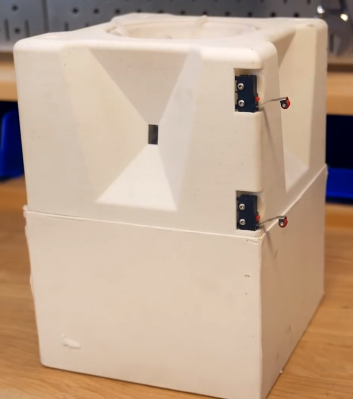
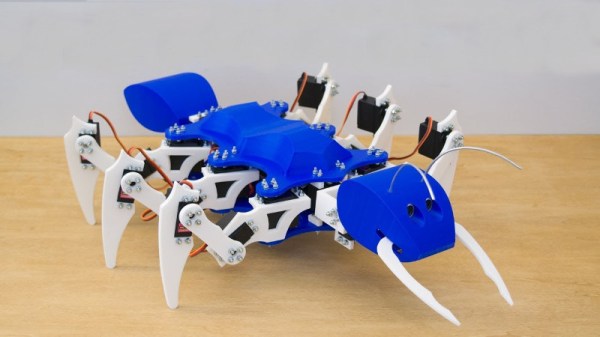
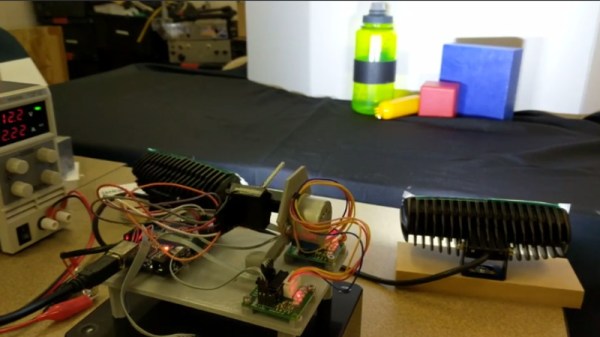
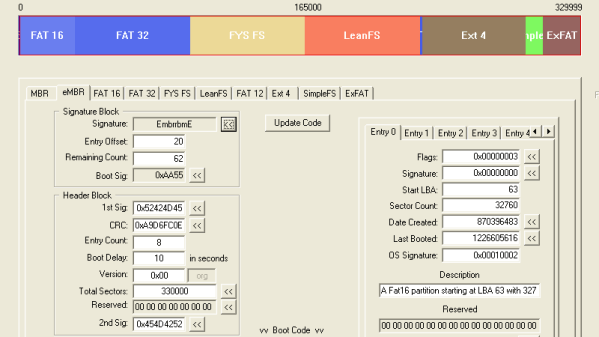

![The hydrogen-powered Honda Clarity FCV, a car most of us will probably never see. Lcaa9 [CC BY-SA 4.0].](https://hackaday.com/wp-content/uploads/2018/12/1024px-2018_honda_clarity_fuel_cell.jpg?w=400)
